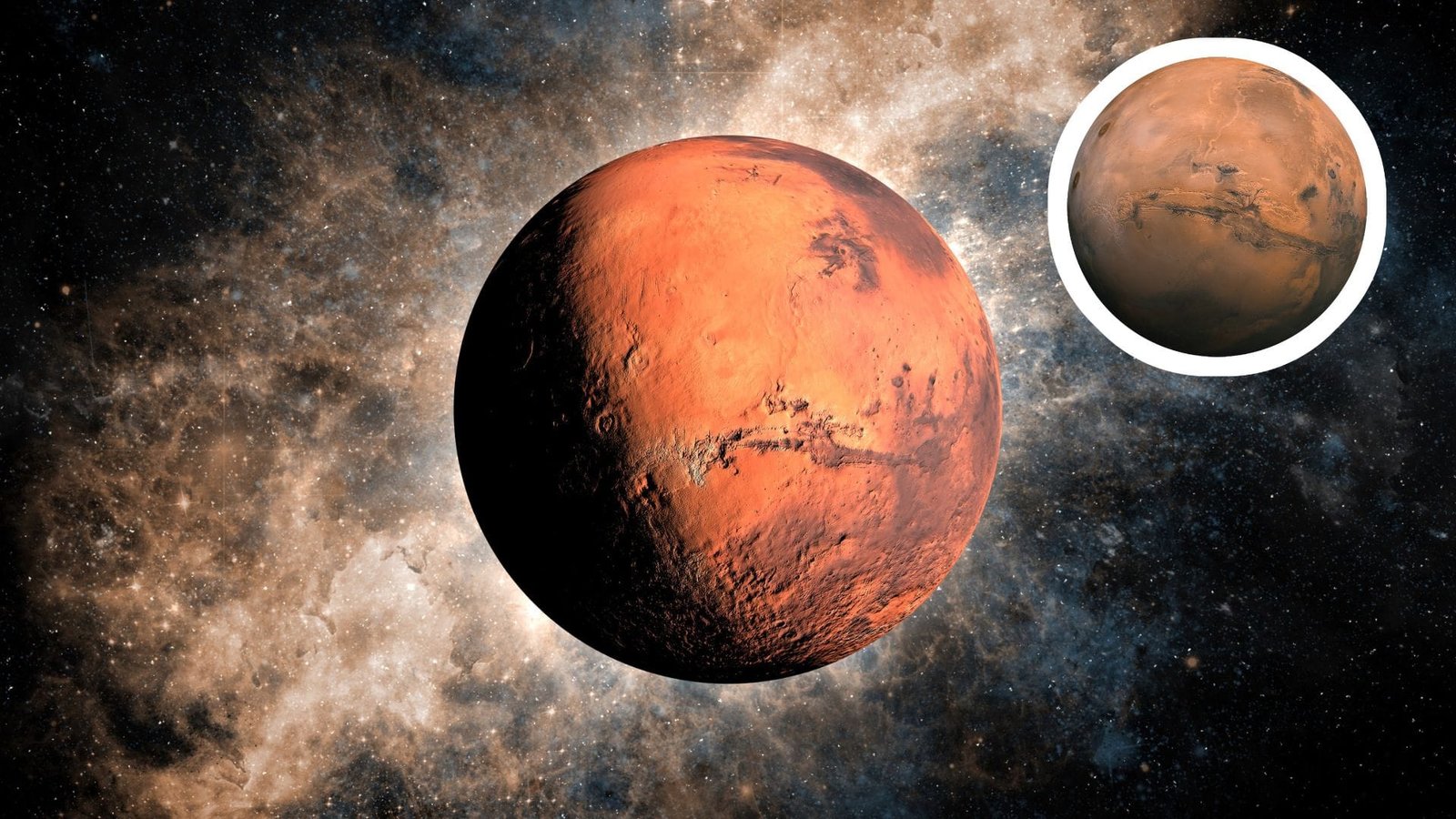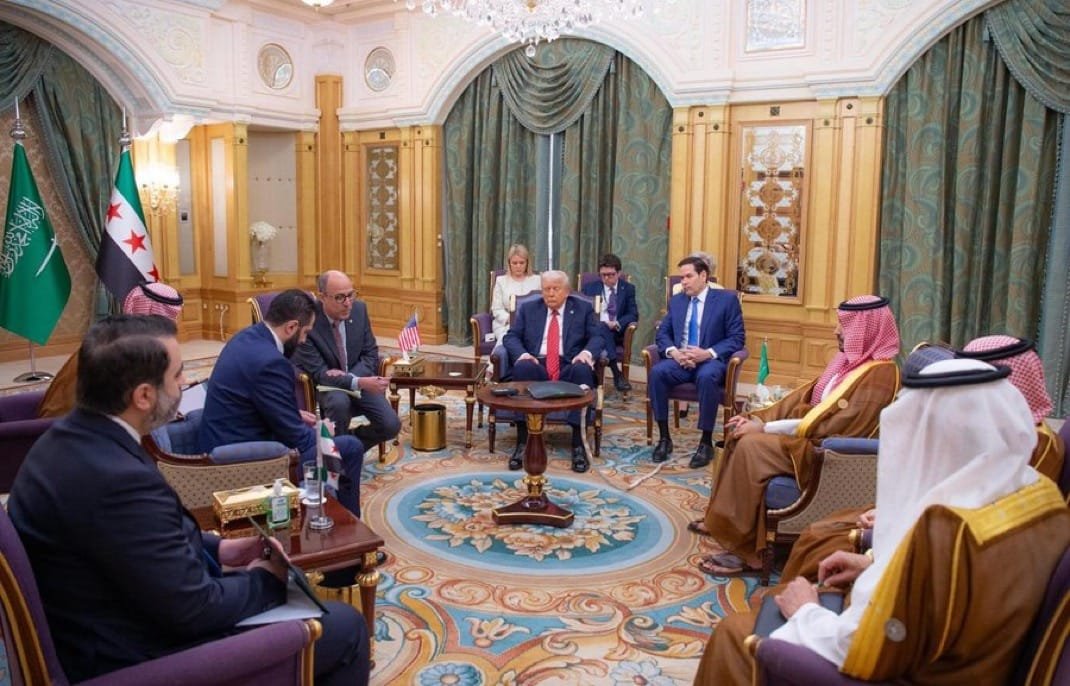
Introduction to Wealth Measurement
Wealth measurement serves as an essential tool for evaluating the economic performance and overall health of nations. To comprehend how countries accumulate and display their wealth, several key metrics are employed. Among these, Gross Domestic Product (GDP) stands out as a primary indicator. GDP quantifies the total monetary value of all goods and services produced over a specific period within a country. This measurement allows for straightforward comparisons of economic activity between countries, establishing a glimpse of their relative wealth.
However, while GDP provides valuable insights, it does not present a complete picture of economic conditions. For a more nuanced understanding, GDP per capita is utilized. This metric divides the overall GDP by the population size, effectively illustrating the average economic output per person. By doing so, GDP per capita helps in assessing the standard of living and the relative prosperity enjoyed by individuals within different countries.
Another vital metric in wealth measurement is Purchasing Power Parity (PPP). PPP adjusts for price level differences across nations, offering a more accurate comparison of living standards. It reflects how much currency is actually needed in one country to purchase the same goods and services that can be bought with a different amount of money in another country. This adjustment highlights disparities in cost of living and quality of life that GDP and GDP per capita alone may not reveal.
Understanding these metrics is crucial, as they serve as indicators for policymakers, economists, and investors seeking to gauge economic health and make informed decisions. While these measurements provide a framework for assessing national wealth, it is important to approach them within the broader context of social, political, and environmental factors that also contribute to a nation’s prosperity.
Top 10 Richest Countries by GDP
The ranking of the wealthiest nations in 2023 is primarily determined by their nominal Gross Domestic Product (GDP), which reflects the total value of all goods and services produced within a country. Here, we will explore the top ten richest countries based on their GDP figures, offering insights into their economies and the factors contributing to their financial prosperity.
First on the list is the United States, boasting a staggering GDP of approximately $26 trillion. The U.S. economy is characterized by a diverse range of industries, including technology, finance, healthcare, and consumer goods, which contribute to its high GDP. The innovation-driven landscape and the presence of numerous multinational corporations further bolster economic growth.
Next is China, with a nominal GDP of around $19 trillion. China has experienced rapid economic growth over the past few decades, transitioning from an agrarian economy to a manufacturing and technology powerhouse. The country’s vast population and strong export market have played crucial roles in its significant GDP increase.
Japan ranks third with a GDP of approximately $4.9 trillion. Renowned for its advanced technology and automotive industries, Japan continues to be a vital player in the global economy. The country’s commitment to innovation and research also propels its economic standing.
Germany follows closely behind in fourth place, with a GDP of about $4 trillion. As Europe’s largest economy, Germany’s prowess is attributed to its strong manufacturing sector, particularly in automotive and engineering products. A skilled workforce and robust export market amplify its economic success.
In fifth position is India, with a GDP nearing $3.5 trillion. The country’s economy has made significant strides, driven by information technology, services, and agriculture. India’s large workforce and young population present immense potential for future growth.
France and the United Kingdom hold the sixth and seventh spots, with GDP figures around $3 trillion each. France’s strength lies in industries such as luxury goods and aerospace, while the UK’s economy revolves around finance and services.
Italy and Canada round out the top ten, with GDP figures of approximately $2 trillion each. Italy is known for its manufacturing, particularly in fashion and automotive sectors, while Canada’s abundant natural resources and technology sector contribute to its economic stature.
These ten nations exemplify the varied factors that can lead to significant GDP figures, including industry diversity, innovation, strategic natural resources, and a skilled workforce.
Richest Countries by GDP per Capita
Gross Domestic Product (GDP) per capita serves as a crucial measure of economic performance and living standards within a country. It is derived by dividing the total GDP by the number of people in that nation, which provides an insightful picture of income per individual. This metric is particularly valuable when comparing the economic prosperity of different countries, as it adjusts for population size, thereby offering a clearer perspective on how wealth is distributed among citizens.
As of 2023, several countries consistently emerge at the top of the GDP per capita rankings. Notably, Qatar holds the distinction of having one of the highest GDP per capita figures globally, largely attributed to its extensive natural gas and oil exports. Following closely are Luxembourg and Singapore, both renowned for their robust financial sectors and thriving economies, which significantly contribute to their high income levels. These nations exemplify how strategic economic frameworks can lead to substantial wealth generation on a per capita basis.
Another noteworthy entry in the list is Ireland, where favorable corporate tax rates have attracted numerous multinational corporations. This influx of foreign direct investment has enhanced the economic landscape, translating into increased wealth for its residents. Similarly, Norway demonstrates a unique model of economic resilience, bolstered by its significant investment in oil revenue, which is channeled into a sovereign wealth fund that benefits its citizens.
Additionally, Switzerland and the United States are among the top contenders for GDP per capita. Switzerland’s strong banking sector and high-quality manufacturing, coupled with the United States’ diverse economy, including technology and finance, underscore the importance of innovation and industry in achieving high living standards. Understanding the dynamics of GDP per capita not only sheds light on the wealth of nations but also offers insights into the overall quality of life experienced by their citizens.
Wealth Disparity and Economic Inequality
Wealth disparity and economic inequality are critical issues that persist even in the richest countries around the globe. Despite the high levels of national income, the distribution of wealth within these nations often reveals stark contrasts. Factors such as job markets, education systems, and access to healthcare play significant roles in shaping economic inequality. In many cases, certain demographic groups enjoy considerable wealth, while others struggle to attain basic living standards.
The labor market is a crucial element contributing to this disparity. Job availability and wage levels vary considerably across different sectors, leading to unequal opportunities for various populations. For instance, individuals with advanced skills and education tend to occupy higher-paying positions in booming industries such as technology and finance. In contrast, those with lower educational attainment may find themselves in service-oriented jobs that offer minimal wages and do not provide stability. This occupational divide exacerbates economic inequality by restricting social mobility, thereby trapping generations of families in a cycle of poverty.
Education is another pivotal factor influencing wealth distribution. Access to quality education is often limited by geographic location, with urban areas typically offering better resources compared to rural regions. Furthermore, the rising cost of higher education can deter capable students from lower-income backgrounds, limiting their prospects for entering well-paying jobs. As a result, the lack of educational equity reinforces existing wealth disparities, making it difficult for disadvantaged individuals to break free from their socio-economic constraints.
Healthcare access serves as yet another critical dimension of economic inequality. In wealthier nations, disparities in healthcare can affect individuals’ ability to maintain their health and productivity, ultimately influencing their earning potential. Those with inadequate access to healthcare may experience prolonged illnesses or disabilities, leading to absence from the workforce or reduced job performance. Consequently, such disparities have ripple effects on national wealth, as a healthier, well-educated workforce typically enhances economic growth and stability.
Factors Influencing National Wealth
National wealth is a multifaceted construct influenced by an array of factors. Among the most pivotal are natural resources, industrialization, technology, workforce education levels, and governmental policies. Each of these elements plays a significant role in determining a country’s economic prosperity, and their interconnections can illuminate the complex dynamics of wealth generation.
Natural resources are often viewed as a foundational pillar of wealth. Countries endowed with valuable natural resources such as oil, minerals, and fertile agricultural land tend to have a distinct advantage in generating revenue. However, simply possessing resources does not guarantee prosperity. Effective management and sustainable exploitation are crucial; otherwise, nations may suffer from the so-called “resource curse,” where wealth leads to corruption and poor economic outcomes.
Industrialization further exemplifies how a nation can transform its resources into wealth. Countries that successfully shift from agrarian economies to industrialized systems typically experience significant growth. This transition often involves investing in infrastructure, manufacturing capabilities, and innovation. The integration of technology into industrial processes amplifies productivity, enabling nations to maintain competitive global positions.
The quality of the workforce is also fundamental in influencing a nation’s wealth. Higher education levels facilitate skilled labor, which can drive innovation and economic growth. Nations that prioritize education generally have a more adaptable and competent workforce, essential for thriving in an increasingly technology-driven global economy.
Lastly, governmental policies serve as a framework that can either promote or hinder wealth creation. Effective governance, encompassing stable political structures, sound fiscal policies, and regulations that foster business development, can create an environment conducive to economic growth. Conversely, poor governance can stifle progress and curtail a nation’s potential for wealth accumulation. In summary, the interplay between these factors shapes the economic landscape, contributing to the wealth ranking of countries worldwide.
The Role of Tourism and International Trade
Tourism and international trade are pivotal sectors in enhancing the economic growth and national wealth of countries around the globe. As nations strive to elevate their status in the global economy, many have turned to these two sectors as fundamental drivers of prosperity. Tourism contributes significantly to GDP in numerous wealthier nations, offering job creation and generating foreign exchange earnings. For instance, countries like Thailand and Spain are prime examples of how a robust tourism industry can augment overall economic performance. The influx of tourists not only provides income for businesses and the government through taxation but also creates a ripple effect, benefitting related industries such as hospitality, transport, and retail.
International trade complements tourism by expanding markets for domestic goods and services. Countries that capitalize on their unique resources and capabilities tend to thrive in the global marketplace. For example, Australia utilizes its rich natural resources to export commodities such as coal and iron ore, contributing to its strong standing in international trade. This economic strategy allows nations to diversify and increase their revenues, which can be reinvested into public services and infrastructure, further enhancing overall wealth. However, reliance on tourism and trade also introduces vulnerabilities. Economic downturns, geopolitical tensions, or health crises like the COVID-19 pandemic can adversely affect these sectors, leading to substantial financial losses and job layoffs.
Moreover, over-dependence on tourism can lead to issues such as cultural dilution, environmental degradation, and seasonal fluctuations which may hinder sustainable development. For countries looking to capitalize on tourism and trade, a balanced approach is necessary. Initiatives that promote sustainable tourism practices and responsible trade agreements can mitigate some of these challenges. Ultimately, the successful integration of tourism and international trade into a nation’s economy requires careful planning and governance to foster resilience and long-term growth.
Environmental and Social Considerations
As nations achieve significant economic growth and accumulate wealth, it is crucial to recognize that this development can often come at considerable environmental and social costs. Wealthy countries, while benefiting from industrialization and technology advancements, face increasing scrutiny regarding their responsibility towards sustainable development and social equity. The balance between economic progress and environmental protection is paramount, given the pressing challenges of climate change and resource depletion.
The term “sustainable development” underscores the need for countries to pursue strategies that foster economic growth while preserving environmental integrity and promoting social justice. Developed nations have a unique opportunity to lead by example in implementing practices that contribute to the long-term well-being of both people and the planet. By investing in renewable energy sources, enhancing energy efficiency, and committing to reducing greenhouse gas emissions, affluent countries can mitigate the negative impacts of their industrial activities and support global sustainability efforts.
Moreover, the effects of industrialization on climate change are evident, particularly in regions with high levels of consumption and waste generation. Wealthy nations bear a significant responsibility for historical and ongoing emissions, necessitating swift action to address their contributions. Initiatives such as carbon pricing, stricter environmental regulations, and investing in sustainable technology not only reduce ecological footprints but also promote innovation and create green jobs.
Sustaining social equity is equally important in the discussion of wealth distribution within these nations. The disparities between different socioeconomic groups can often be exacerbated by economic policies that favor the affluent. Wealthy countries must ensure that the benefits of economic growth are accessible to all citizens, fostering a just society that champions diversity and inclusiveness. By integrating social considerations into their economic strategies, rich nations can pave the way for a more equitable future while addressing the environmental challenges of our time.
Future Trends in Global Wealth Distribution
The landscape of global wealth distribution is continuously evolving, with various factors influencing the inherent dynamics between nations. As we look towards the future, several trends suggest a notable shift in where wealth is concentrated and how emerging economies will play a critical role in this transformation. One key development is the rise of countries that are currently deemed emerging economies. Nations such as India, Vietnam, and Nigeria have been demonstrating significant economic growth, driven by youthful populations, technological adoption, and an increasing inclination towards globalization. These factors are expected to contribute to a more balanced distribution of wealth around the globe.
Another significant influence on wealth distribution arises from global events, including pandemics and geopolitical tensions. The COVID-19 pandemic, for example, has had severe ramifications on economic stability across many nations, leading to disparities between countries that were able to adapt quickly and those that, due to various constraints, faced substantial setbacks. Going forward, understanding how nations respond to such crises will be vital in predicting shifts in wealth dynamics. Countries that prioritize resilience through diversification of their economies are likely to emerge stronger and thereby contribute to altered patterns of wealth distribution.
Technological advancements will also play a critical role in shaping future economic landscapes. The rise of digital economies and the increasing importance of cybersecurity, digital finance, and remote work are transforming traditional industries. As countries invest in tech-driven infrastructure and education, those able to harness these advancements will likely witness accelerated wealth creation. This could lead to a situation where wealth is not solely concentrated in historically affluent nations but is more evenly distributed, fostering progress and innovation across various regions. Predicting these trends allows us to prepare for an evolving global economy.
Conclusion: Understanding Wealth Beyond Numbers
In analyzing the richest countries in the world, one must recognize that financial metrics, although significant, provide only a partial view of a nation’s overall health and prosperity. While gross domestic product (GDP) per capita often serves as a primary indicator of wealth, it is vital to consider additional factors that contribute to the well-being of citizens and the quality of life within these nations. Wealth is multifaceted and encompasses social, environmental, and cultural dimensions that are essential for a comprehensive understanding of prosperity.
The wealth of a country is not solely defined by financial wealth accumulation but also by the quality of infrastructure, access to healthcare, education standards, and overall life satisfaction of its population. Higher income levels can lead to better public services, but they do not automatically guarantee equity, environmental sustainability, or cultural enrichment. Indeed, there are nations that, despite having lower GDP per capita, boast an exceptional quality of life for their citizens, demonstrating that wealth can take on various forms of expression.
Furthermore, the impact of environmental sustainability and cultural heritage cannot be overlooked in discussions regarding national wealth. Countries that invest in preserving their natural ecosystems and promote cultural values often experience a deeper sense of community and general well-being among their citizens. This holistic view encourages policymakers to adopt strategies that prioritize human development alongside economic growth, ultimately leading to a richer, more meaningful existence for all.
In conclusion, understanding wealth requires a nuanced perspective that transcends traditional economic measures. Recognizing that true prosperity is a blend of financial prowess and societal welfare promotes a more equitable and sustainable future, where the richness of a nation is celebrated not just in numbers but in the quality of life it offers to its people.






